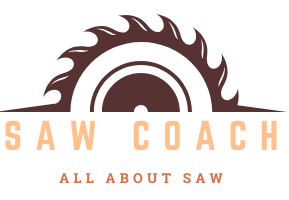Table saw hand protection is a critical safety concern for woodworkers, involving specialized gloves, techniques, and equipment designed to prevent severe hand injuries during cutting operations. Professionals and hobbyists must understand comprehensive protection strategies that balance safety, dexterity, and operational efficiency to minimize workplace accidents and potential long-term hand damage.
What Makes Table Saw Hand Protection Critical?
Table saw accidents can result in devastating hand injuries, with thousands of woodworkers experiencing lacerations, amputations, and permanent disabilities annually. Understanding comprehensive hand protection strategies is not just recommended—it’s essential for workplace safety.
What Materials Provide Optimal Hand Protection?
Table saw hand protection relies on advanced materials engineered for maximum safety:
| Material | Cut Resistance | Durability | Comfort Level |
|---|---|---|---|
| Kevlar | High (Level 4-5) | Excellent | Moderate |
| Dyneema | Very High (Level 5) | Superior | Good |
| Leather Composite | Moderate (Level 3) | Good | Excellent |
Key Material Characteristics
- Tensile Strength: Minimum 15-20 N/mm² resistance
- Thickness Range: 0.5-1.5 mm
- Flexibility: Maintains hand mobility
- Cut Resistance Rating: ANSI/ISEA 105 compliant
How Do Professional Woodworkers Select Protection?
Selecting appropriate table saw hand protection involves multiple considerations:
- Assess Work Environment
- Frequency of table saw usage
- Complexity of cutting projects
-
Personal comfort preferences
-
Evaluate Glove Features
- Snug fit
- Breathable materials
- Reinforced palm areas
- Minimal seam interference
What Safety Techniques Complement Hand Protection?
Effective table saw hand protection extends beyond glove selection:
- Maintain Sharp Blades: Reduces cutting resistance and potential slip risks
- Use Push Sticks: Minimizes direct hand contact with blade
- Implement Proper Stance: Ensures stable, controlled cutting motion
- Regular Equipment Inspection: Prevents unexpected mechanical failures
What Are Common Protection Mistakes?
Woodworkers often compromise safety through:
– Wearing loose gloves
– Ignoring manufacturer recommendations
– Neglecting regular equipment maintenance
– Working while fatigued
How Much Does Quality Protection Cost?
Protection investment varies:
– Entry-level gloves: $15-$30
– Professional-grade protection: $40-$80
– Comprehensive safety kit: $100-$250
What Additional Safety Recommendations Exist?
- Training
- Attend professional woodworking safety workshops
- Watch certified tutorial videos
-
Practice controlled cutting techniques
-
Equipment
- Install blade guards
- Use riving knives
- Implement emergency shut-off mechanisms
Recommended Protection Brands
- Mechanix Wear
- DEWALT
- Maxiflex
- Showa
Conclusion

Comprehensive table saw hand protection requires a holistic approach combining advanced materials, proper techniques, and continuous education. Woodworkers must prioritize safety without compromising operational efficiency.
